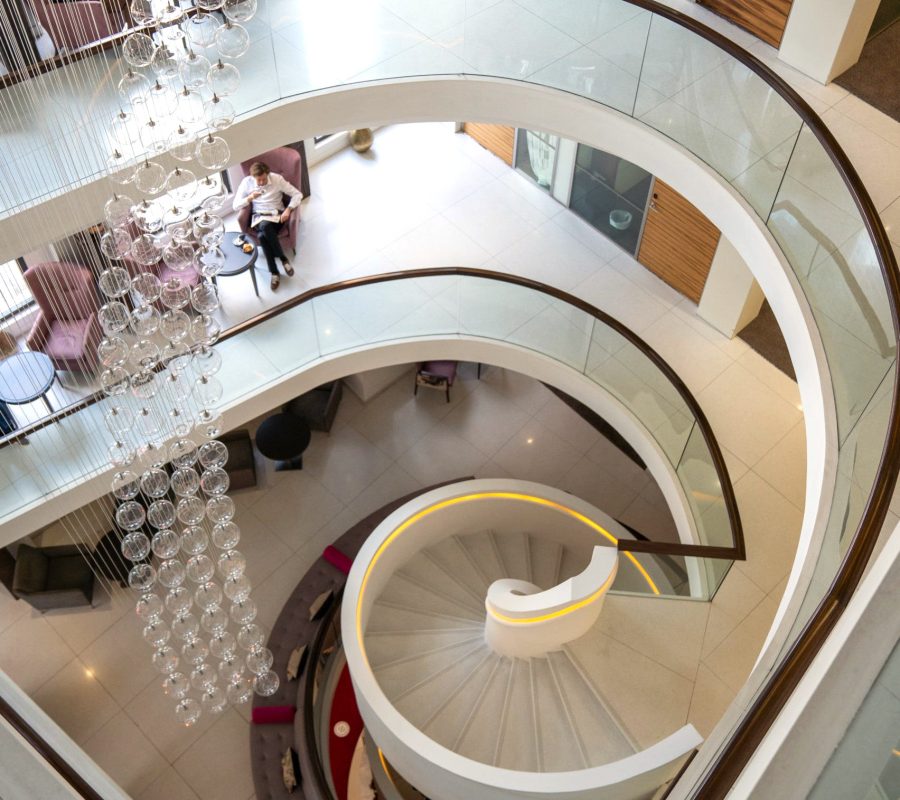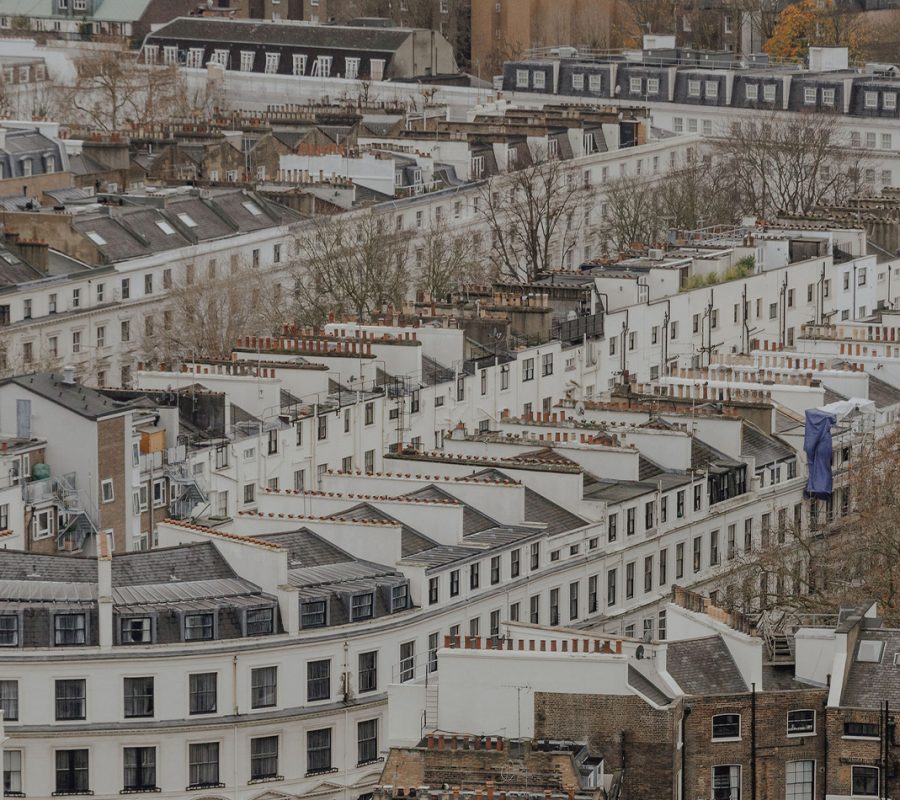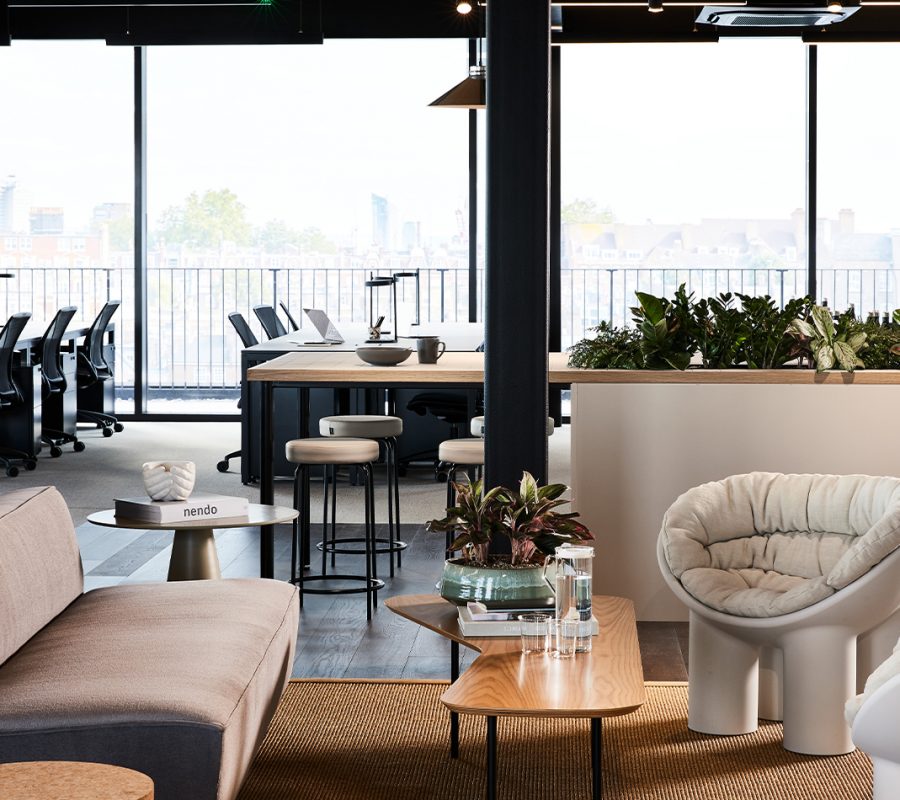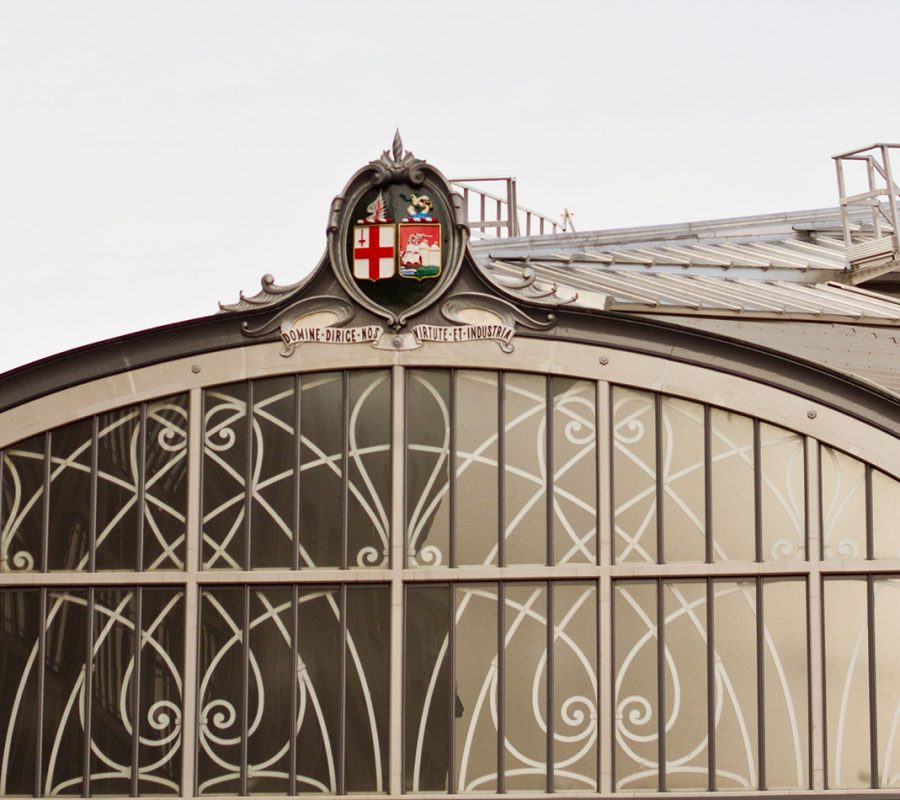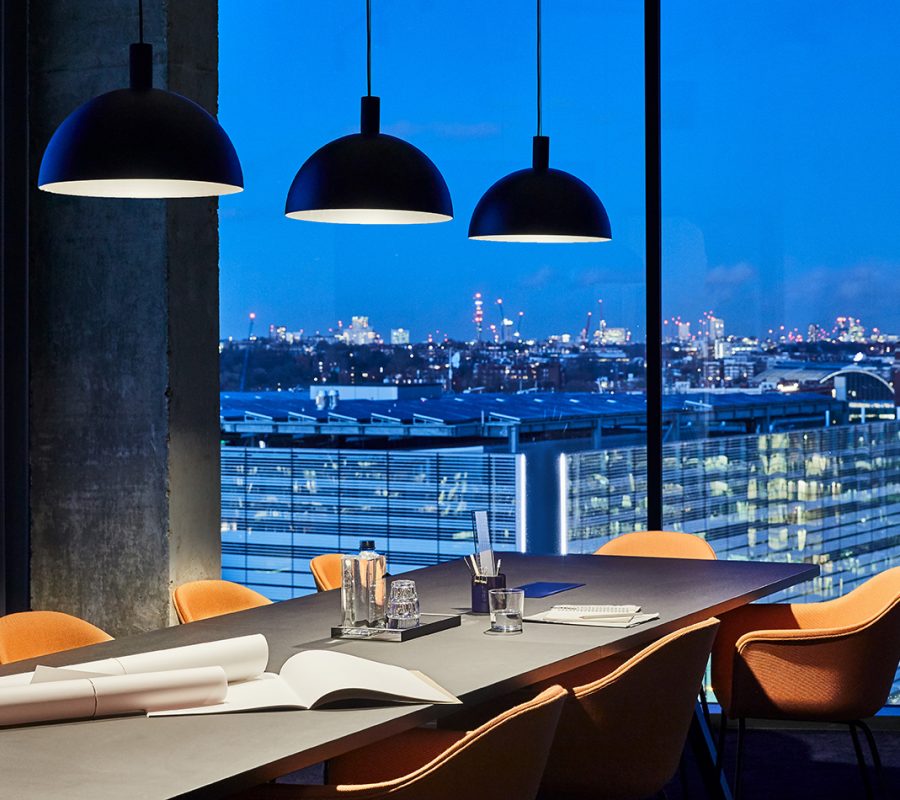Location:West London
West London Office Space
To categorise West London office space, one needs to define West London, which is somewhat of a subject of debate.
Historically, West London extended west from the western gates, Ludgate and Newgate, of the City of London to West London’s traditional core of Westminster.
The growth of the City beyond its Roman walls was much faster outside the western gates than outside the gates to the north or to the east, as the roads from these western gates led to the political centre of Westminster.
In addition to being near the centre of government, the area west of the City was favoured by the wealthy elite as a place of residence because it was usually upwind of the smoke drifting from the crowded City.
More recently, these areas west of ancient Londinium have been regarded as part of Central London, but this also lacks a precise and agreed-upon definition, as it encompasses well-established sub-regions such as the West End.
Like other areas of the UK capital, West London experienced rapid growth in the Victorian era, primarily due to the development of rail travel, particularly with the construction of Marylebone and Paddington stations.
This trend continued in the twentieth century and was expedited by road transport. However, London’s footprint stabilised after the establishment of the Metropolitan Green Belt in the mid-20th century.
According to the London Plan, published by the Mayor of London in 2011, West London includes the boroughs of Brent, Harrow, Ealing, Hammersmith and Fulham, Hounslow, and Hillingdon.
The London Borough of Richmond upon Thames was also included. However, as it spans the River Thames, and some definitions state that West London is north of the river, its status is not universally agreed upon.
Many publications define the Royal Borough of Kensington and Chelsea (RBKC) as West London. However, an equal number of publications define it differently as the West of Central London.
It can be agreed that the W (Western) postcode, introduced in 1857, covers West London; however, under many definitions, it does not encompass the entire area.
West London offers offices for rent and a wide range of high-end, flexible office space and workspace solutions. Often referred to as flex spaces, these options include private serviced offices, managed offices, and co-working spaces.
Highly regarded office landlords, premium workspace providers, and B-Corp-certified office providers offer these.
There is a growing number of CAT A ready-fitted plug-and-play office spaces managed by premium office providers and workspace operators on behalf of clients.
There are fully-furnished and fitted serviced offices that offer private lockable office suites within amenity-rich, sustainable buildings managed by luxury serviced office providers.
There are also many individual and corporate coworking options offered by 5-star coworking space operators.
Managed office spaces are ready-fitted, and the client leads the furnishing and fit-out process. Custom offices can include private reception areas, meeting rooms, private offices, open-plan working areas, hot-desking zones, kitchens, bathrooms and shower facilities, and clients can choose a bespoke service level pack.
Private serviced offices are fully furnished, fitted, and equipped with state-of-the-art business technologies. Clients enjoy premium communal amenities, including bookable meeting and boardrooms, breakout spaces, quiet zones, fully stocked kitchens, fitness and wellness facilities, cafes, and outdoor areas.
Coworking memberships offer hot-desking arrangements and dedicated desks that members can call their own. Corporate memberships provide clusters of designated desks and larger multi-locational memberships for hybrid workers.
The high-end shared workspace buildings in West London also offer full calendars of social and networking events held throughout the year.
These flexible business accommodation options are offered in a wide range of properties, including brand-new Grade A office buildings and beautiful period properties that have been elegantly renovated and retrofitted.
Whatever the fabric of the property, the luxury workspace operators offer offices and workspace held on short-term licences rather than long leases, with options to extend terms.
As the contracts are flexible, businesses can also easily move into larger suites during their tenancies as their needs dictate. Many offices in West London offer space for over 2,000 desks.
Equally, these flexible contracts allow a business to contract as business needs dictate.
Unlike traditional rent, flex spaces are charged on an all-inclusive basis. This means that the monthly rental fee covers rent, utilities, enterprise-grade IT systems, cleaning, furnishings, security, and other enhanced provisions, such as reception, administrative, and concierge services.
The sustainable office buildings in which these solutions are offered are managed in an ESG-considered manner and offer end-of-journey facilities for self-powered commuters, including bicycle spaces, showers, lockers, changing rooms and EV chargers.
However, West London and its various boroughs offer many excellent public transport links.
There are too many London Underground stations to list; however, the major railway stations include Marylebone and London Paddington, which offer several services, including those on the Elizabeth and Heathrow Express lines.

